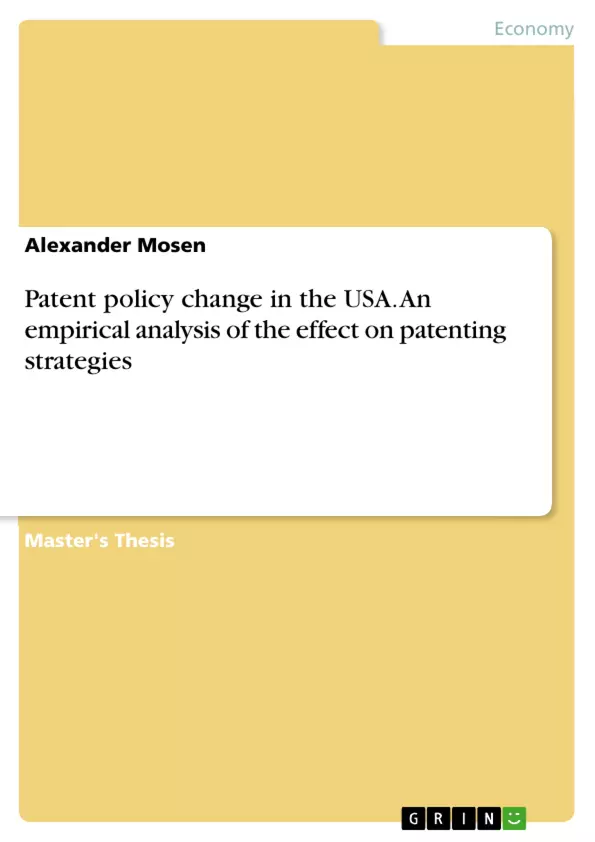This study investigates the impact of the recent US patent policy weakening around the America Invents Act, analyzing the US market for patent transactions. In an investigation of transactions derived from the USPTO’s Patent Assignment Database, we examine patent transfers between companies from 1995 until September 2015. Due to declining acquisitions, but increasing sales of patents conducted by patent trolls after 2012, our findings suggest that the business of patent trolls largely suffered from recent policy measures. Furthermore, we find that large patent trolls have changed their strategy towards splitting risk, as they recently tend to distribute their patent portfolio across different shell companies.
However, we are unable to identify a decline concerning the activity of firms on the market for patent transactions, due to the weakening of patent protection. We ascribe the consistent level of participation on the market to a redistribution of intellectual property rights after the policy changes and to purchases motivated by speculations on a further policy reversal. Additionally, we observe an unexpected increase in patent sales to non-US companies in 2014 and 2015, as the slight decrease in patent purchases by other non-US companies is overcompensated by a growing number of transactions to Asian assignees.
Inhaltsverzeichnis (Table of Contents)
- Introduction
- Literature review
- Patents and patent policy change in scientific literature
- Patents
- Patent policy changes in the history of the US patent system
- The impact of patenting strategies on the patenting surge
- Evidence from universities and federally financed laboratories
- Markets for technology
- Patent transactions
- Licensing
- The emergence of patent trolls
- Patents and patent policy change in scientific literature
- Leading the way towards the weakening of the patent system
- The problems of the pro-patent regime
- The America Invents Act heralding the reversal of patent policy
- Hypotheses
- Data and methodology
- Dataset and sample construction
- Variables
- Results and discussion
- Evidence from time series examinations
- Robustness check
Zielsetzung und Themenschwerpunkte (Objectives and Key Themes)
This study investigates the impact of the weakening of US patent policy, particularly in relation to the America Invents Act, by analyzing the market for patent transactions. The research examines patent transfers between companies from 1995 to 2015, focusing on the effects of the policy shift on patent troll activity. The study aims to assess the influence of policy changes on patent transactions, the strategies employed by patent trolls, and the overall dynamics of the US patent market.
- Impact of the America Invents Act on patent transactions
- Changes in patent troll strategies following policy changes
- Market dynamics and participation in patent transactions
- Redistribution of intellectual property rights after policy changes
- The role of speculation on future policy reversals in patent transactions
Zusammenfassung der Kapitel (Chapter Summaries)
The study begins by exploring the existing literature on patents, patent policy, and markets for technology, including the emergence of patent trolls. It then outlines the problems associated with the pro-patent regime and how the America Invents Act aimed to address these issues. The authors present hypotheses concerning the expected impact of the policy changes on patent transactions and the behavior of patent trolls. The study then delves into the data and methodology employed, outlining the dataset, sample construction, and key variables used in the analysis. Finally, the study presents results and discussion, analyzing the evidence from time series examinations and conducting robustness checks to ensure the validity of the findings.
Schlüsselwörter (Keywords)
This study focuses on the intersection of patent policy, technology markets, and intellectual property transactions. Key themes include the weakening of patent rights, the impact of the America Invents Act, the behavior of patent trolls, and the market for patent transactions.
- Quote paper
- Alexander Mosen (Author), 2016, Patent policy change in the USA. An empirical analysis of the effect on patenting strategies, Munich, GRIN Verlag, https://www.grin.com/document/380366



